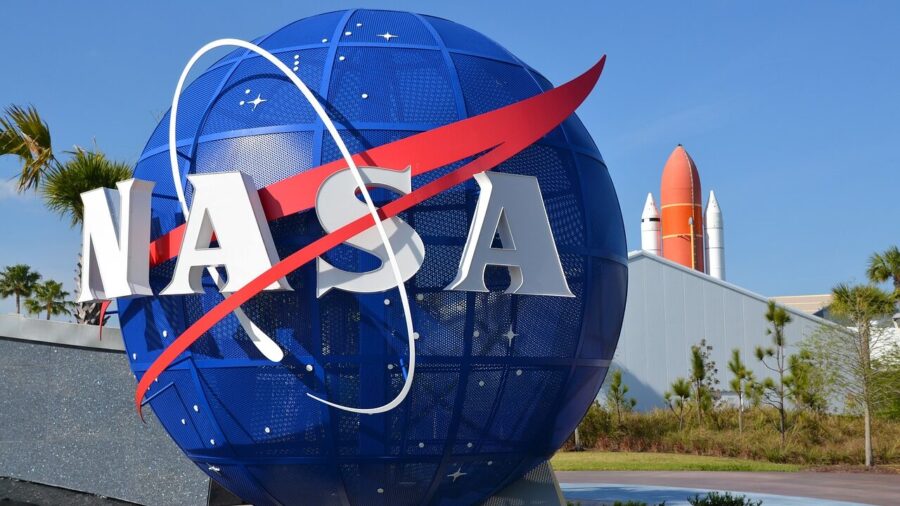NASA Can’t Even Maintain Its Buildings Anymore

The infrastructure at NASA is falling apart, and it could take years to fix the problem. According to Erik Weiser, director of NASA’s facilities and real estate division, the agency’s maintenance and construction budget is severely underfunded. Speaking at a National Academies panel on August 17, Weiser described the infrastructure as “in an increasing state of decline.”
“The majority of our facilities are beyond their useful life.”
Erik Weiser, director of NASA’s facilities and real estate division
“There’s a mismatch between what NASA needs to maintain or upgrade its facilities and the dollars the agency devotes to those efforts. The maintenance gap is $259 million per year using NASA’s most conservative estimate, or more than $600 million if NASA followed the maintenance practices of the commercial industry,” Weiser said via ARS Technica.
And the disparity is widening, leading to further deterioration of NASA’s infrastructure over time. “The majority of our facilities are beyond their useful life,” Weiser added. Weiser noted that 83 percent of NASA’s facilities have exceeded their original operational period. This percentage significantly exceeds the portion of NASA’s workforce that is eligible for retirement.
Allocations for maintaining these facilities come from various sources within NASA. Specific mission directorates responsible for ensuring the operational readiness of launch pads, test stands, and other facilities at NASA’s field centers contribute some of the funding. Additionally, resources are drawn from a general overhead fund.
In the last four years alone, the agency had to delay 78 projects which only heightened the maintenance-related risks. A significant portion of these deferred projects involve repairs of horizontal infrastructures.
Weiser added that every NASA center is acutely aware that their facilities are crucial for achieving success. So whenever an issue arises, an all-encompassing effort is initiated to rectify the problem to avert any negative impact on the mission. However, prioritizing maintenance requirements can only be sustained for a while.
As a result, NASA is continuously postponing projects year after year. In the last four years alone, the agency had to delay 78 projects which only heightened the maintenance-related risks. A significant portion of these deferred projects involve repairs of horizontal infrastructures (such as electrical distribution, potable water, and sanitary sewer systems) or even comprehensive building renovations.

By not addressing these projects in a timely manner, NASA intensifies the strain on the maintenance domain, leaving it more susceptible to unexpected breakdowns that demand immediate attention. According to Weiser, a number of these unforeseen failures have the potential to jeopardize missions and disrupt milestone schedules – a scenario he is determined to prevent.
“There’s a mismatch between what NASA needs to maintain or upgrade its facilities and the dollars the agency devotes to those efforts. The maintenance gap is $259 million per year using NASA’s most conservative estimate, or more than $600 million if NASA followed the maintenance practices of the commercial industry”
Erik Weiser
Weiser is also afraid that having run-down facilities may deter young talent from working at NASA. While the agency is still the biggest name in the industry, it is gradually losing to private companies like SpaceX, whose facilities are newer and fancier. If I want to inspire the next generation of our workforce… we need better facilities,” Weiser continued.
NASA is actively pursuing several avenues to alleviate its maintenance burden. One approach involves demolishing structures that are no longer needed for upcoming missions. The agency has identified over 700 facilities that are candidates for removal, a move that is anticipated to result in a reduction of tens of millions of dollars in maintenance expenses.
However, NASA is not financially equipped to expedite the demolition of all these structures. Weiser estimates that a timeframe of five to 10 years will likely be required to complete this process. Another tactic adopted by NASA involves the transfer of excess facilities to commercial enterprises and other interested parties.
So far, NASA has leased Launch Pad 39A at the Kennedy Space Center to SpaceX and handed over its former space shuttle runway to Space Florida – a venture aimed at attracting aerospace companies to the region. This strategy effectively shifts the responsibility of maintenance costs onto other entities.












